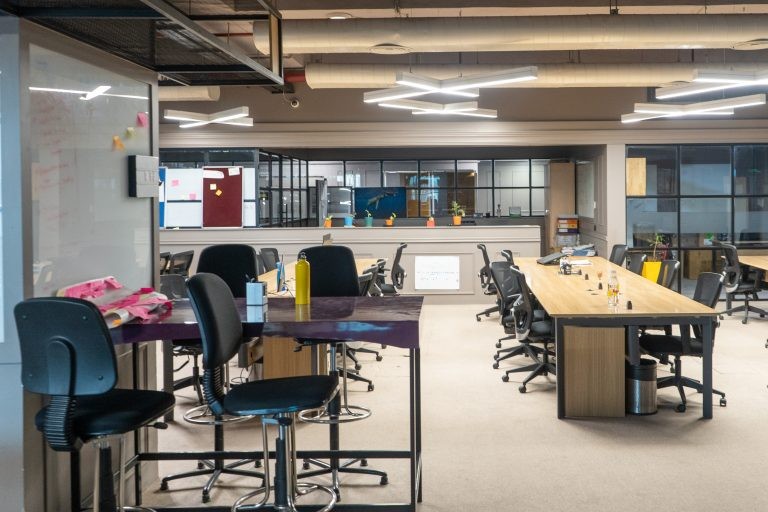It may come as a surprise that “Goblin Mode” was selected as the Oxford´s Word of the Year for 2022. According to the esteemed publisher behind the Oxford English Dictionary: “…the slang term refers to a type of behavior which is “unapologetically self-indulgent, lazy, slovenly, or greedy, typically in a way that rejects social norms or expectations”.
Read more: Is “Goblin Mode” to blame for the office attendance policies’ pushback?They went on to explain the prevalence of the term in 2022 as “…it captured the prevailing mood of individuals who rejected the idea of returning to ‘normal life’, or rebelled against the increasingly unattainable aesthetic standards and unsustainable lifestyles exhibited on social media.”

In seemingly unrelated news, Capterra, the online software marketplace vendor, discovered in a recent survey that there is significant employee push-back on new office attendance policies which only gets worse as time goes by.

For back-to-office policies enacted during the second half of 2022, more than 70% of employees demonstrated some resistance (aka non-compliance) to the new policies with about 35% demonstrating significant push-back (aka skirting). Employers are testing different types of hybrid models (Fluid Hybrid and Fixed Hybrid being the more popular) but the employees’ increasing reluctance to comply may simply boil down to the very essence of Oxford’s Word of the Year: “Goblin Mode”. Hybrid Modes require an employee to enter and exit Goblin Mode multiple times per week or month. Switching can be painful and tiring. From the self-indulgent comfort of the home, with the undemanding spontaneous jump from bed or sofa to the home-office desk, or to the nearby park for a quick jolt of fresh air, or simply to the kitchen for a quick home-made bite, attracting employees back to the office on an enforced, let alone voluntary, manner does not seem to meet the needs of the hybrid employees and contradicts their work-life vision of the post-pandemic workforce.
Employers need to dig deep into the underlying reasons for requiring a higher office attendance. If it is simply to justify the rented office space, good luck with that. But if the reason is the legitimate need for more in-person collaboration, a reinforcement of the company’s culture, or the need for inspiring and mentoring younger and less inexperienced employees, then they need to find ways to introduce those aspects into the “goblin mode”.
Coremoting may hold the key.


